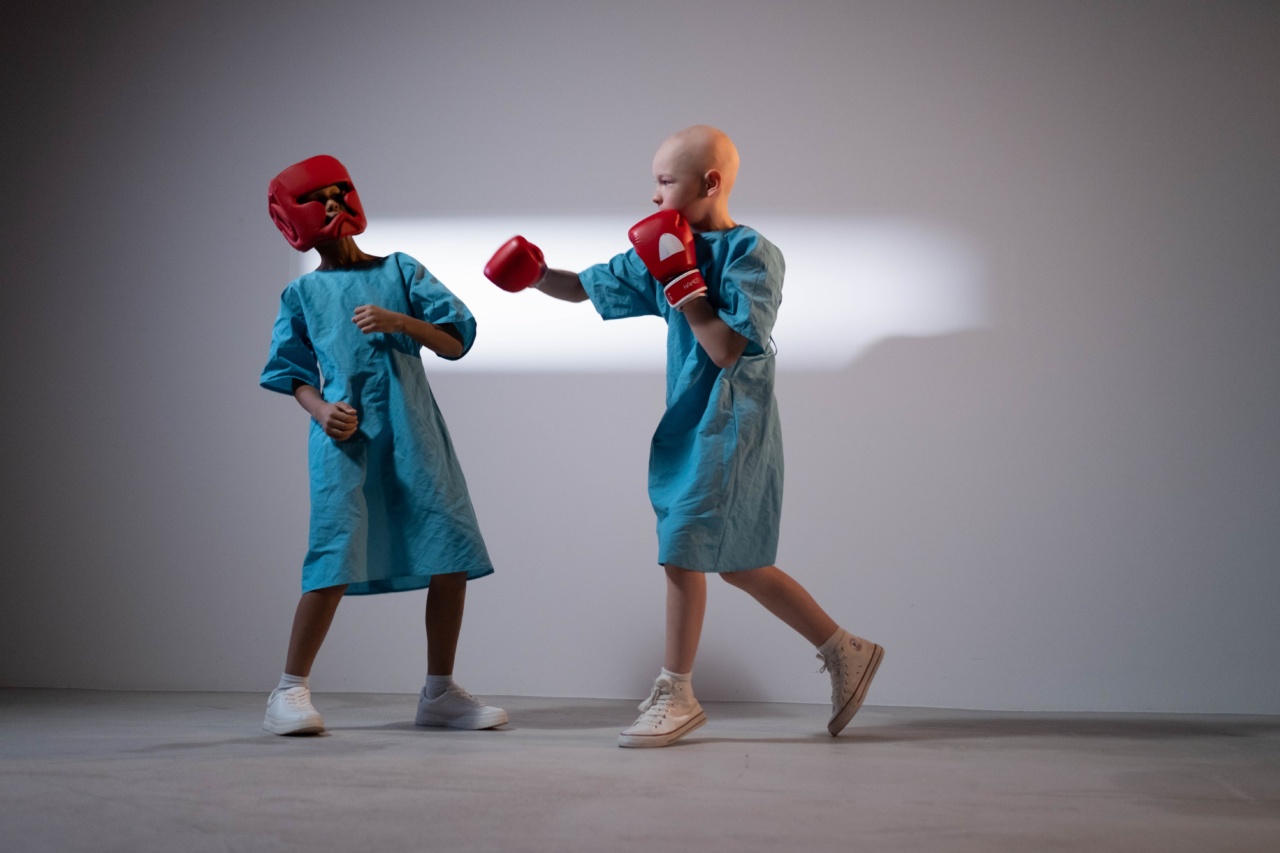Cancer, a life-threatening disease, not only affects the internal organs but also manifests itself with various skin side effects.
These side effects can have a significant impact on the quality of life of cancer patients and may even lead to treatment interruptions. Therefore, managing skin side effects is crucial in providing better care and support to cancer patients. In this article, we will discuss various skin side effects experienced by cancer patients and explore strategies to effectively manage them.
Understanding Skin Side Effects in Cancer Patients
Cancer patients often experience an array of skin side effects as a result of both the disease and the treatments involved.
These side effects can occur due to chemotherapy, radiation therapy, targeted therapy, immunotherapy, or a combination of these treatments. The severity of skin side effects can vary depending on the type and stage of cancer, as well as the individual patient’s overall health.
Common Skin Side Effects
1. Chemotherapy-induced skin toxicity: Chemotherapy drugs can cause various skin-related problems such as dryness, itching, rash, peeling, and photosensitivity.
Additionally, some chemotherapy drugs can lead to hand-foot syndrome, causing redness, swelling, and pain in the palms and soles.
2. Radiation dermatitis: Radiation therapy can cause skin irritation, redness, dryness, and itching in the treated area. In severe cases, it may lead to moist desquamation, blisters, or ulceration.
Patients undergoing radiation therapy should take extra care of their skin and follow specific guidelines provided by their healthcare team.
3. Targeted therapy: Targeted therapy, which focuses on specific molecular targets within cancer cells, can also result in skin side effects.
Common targeted therapy-associated skin problems include rashes, hand-foot skin reaction, hair changes, and nail abnormalities. It is essential for patients to be aware of these potential side effects and discuss them with their healthcare provider.
4. Immunotherapy-related skin toxicity: Immunotherapy drugs help boost the immune system to fight cancer, but they can also lead to various skin-related adverse effects.
These may include rashes, pruritus, vitiligo-like depigmentation, and inflammatory reactions. Prompt recognition and management of immunotherapy-related skin toxicity can improve patient outcomes.
Managing Skin Side Effects
Managing skin side effects in cancer patients requires a comprehensive approach that addresses both prevention and treatment. The following strategies can help minimize and alleviate skin problems:.
Skin Care Tips
1. Keep the skin clean and moisturized: Gentle cleansing with mild, fragrance-free products is recommended. Regular moisturization helps prevent dryness and itching.
Patients should use fragrance-free moisturizers and avoid harsh soaps and hot water.
2. Protect the skin from the sun: Sun protection is crucial, as cancer treatments can increase the skin’s sensitivity to sunlight.
Patients should use sunscreen (SPF 30 or higher), wear protective clothing, and avoid direct sun exposure during peak hours.
3. Avoid irritants: Patients should avoid using products that contain potential irritants such as perfumes, dyes, and alcohol. These substances can aggravate skin side effects and cause further discomfort.
4.
Manage hand-foot syndrome: For patients experiencing hand-foot syndrome, proactive measures include wearing comfortable shoes, avoiding temperature extremes, keeping the feet elevated, and using specialized creams recommended by healthcare professionals.
Treatment Approaches
1. Topical treatments: Depending on the specific skin side effect, healthcare providers may prescribe topical treatments such as corticosteroid creams, moisturizers, or wound dressings to alleviate symptoms and promote healing.
2. Systemic medications: In some cases, oral or intravenous medications may be required to manage severe skin side effects.
These medications, such as antihistamines or corticosteroids, can help reduce inflammation and relieve discomfort.
3. Cooling techniques: Cooling techniques, such as cold compresses, can provide temporary relief from itching, burning, or irritation caused by skin side effects.
4.
Symptom-specific interventions: For specific side effects like radiation dermatitis, specialized interventions such as silicone dressings, hydrogels, or radiation-induced fibrosis treatments may be recommended by healthcare professionals.
Psychosocial Support
Managing skin side effects goes beyond physical treatments; psychosocial support is equally important. Cancer patients experiencing skin side effects may face emotional challenges and body image concerns.
Counseling, support groups, and patient education programs can provide emotional support and help patients cope with the changes they are going through.
Conclusion
Skin side effects can significantly impact the well-being of cancer patients and interfere with treatment outcomes.
By understanding and effectively managing these side effects, healthcare providers can improve the overall quality of life for cancer patients. Adequate skin care, treatment approaches, and psychosocial support play a vital role in minimizing the impact of skin side effects and providing holistic care to cancer patients.























